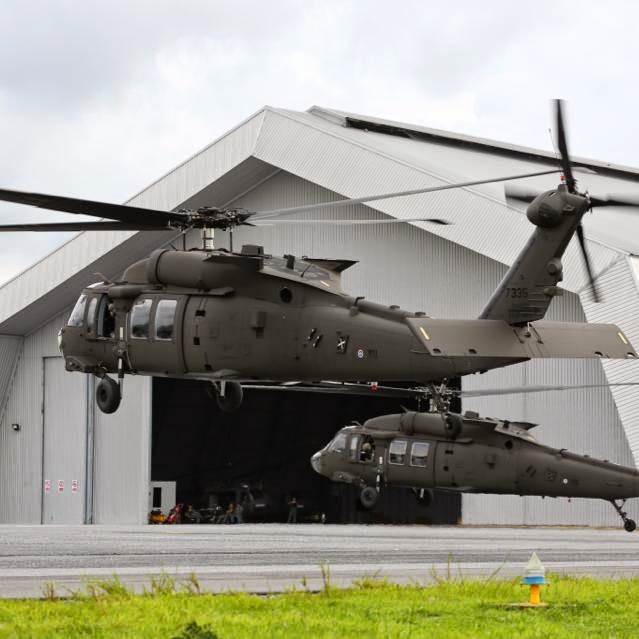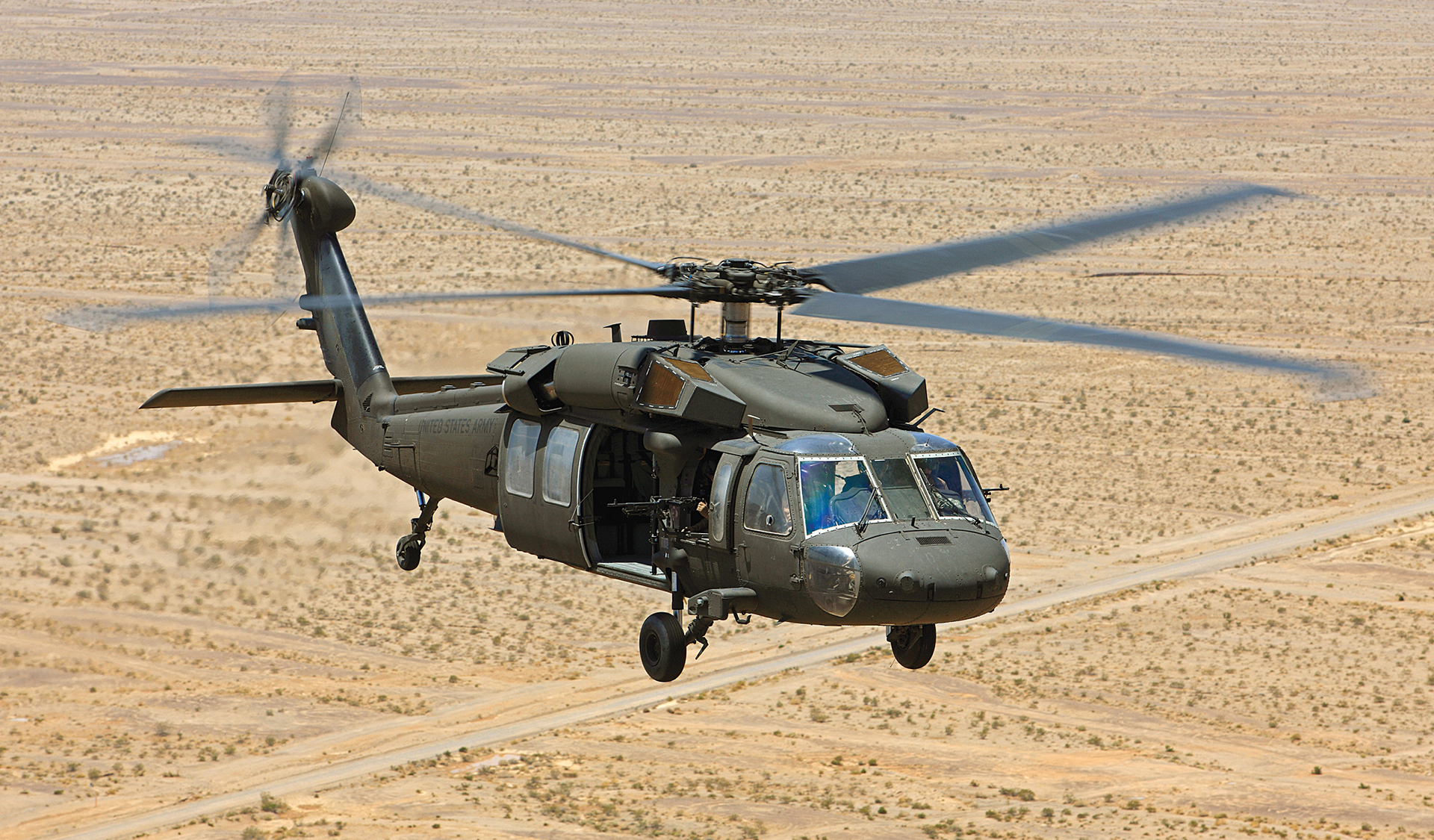Attaining Quality: Key Approaches for UH 60 Helicopter Upkeep
Attaining Quality: Key Approaches for UH 60 Helicopter Upkeep
Blog Article
Navigating Uh 60 Helicopter Rules and Conformity Requirements

Regulatory Structure Review
The governing structure controling UH-60 helicopter procedures incorporates a facility collection of criteria and rules established by aviation authorities. These guidelines are made to ensure the secure and efficient operation of UH-60 helicopters in numerous atmospheres. The Federal Aviation Administration (FAA) plays a central role in developing and applying these laws, which cover a wide variety of functional facets, including airworthiness criteria, pilot qualifications, upkeep requirements, and operational treatments.
Compliance with these guidelines is vital for helicopter operators to keep the highest degree of safety and security and operational stability. Failing to abide by these laws can cause major repercussions, consisting of crashes, injuries, and regulative sanctions. Helicopter operators should stay educated concerning the newest regulatory developments and guarantee that their procedures are in complete conformity with all applicable rules and criteria.
Airworthiness Assessments and regulations
Amidst the regulative structure regulating UH-60 helicopter operations, a critical focus rests on conformity with Airworthiness Directives and conducting extensive assessments to promote safety and security standards and functional reliability. Airworthiness Instructions (Advertisements) are provided by aviation authorities to address risky problems in aircraft, consisting of the UH-60 helicopter, and mandate details activities to be taken by drivers or proprietors. Compliance with Advertisements is mandatory, and failing to abide by these directives can result in significant repercussions, including grounding of the airplane.
Regular inspections are extremely important to guaranteeing the airworthiness of UH-60 helicopters. These evaluations include a variety of checks, from routine day-to-day evaluations performed by pilots prior to and after flights to extra thorough set up upkeep assessments executed by accredited auto mechanics. Furthermore, special examinations might be called for based on details problems or occurrences. By adhering to a stringent assessment program, drivers can detect and address prospective issues immediately, thereby boosting the security and dependability of UH-60 helicopter procedures.
Pilot Certifications and Training

Pilot training for UH-60 helicopters is detailed and covers a large array of review subjects, consisting of web link aircraft systems, emergency situation treatments, navigating, and mission-specific training. Furthermore, pilots undertake simulator training to practice various emergency scenarios in a regulated environment. This training aids pilots develop the needed skills to take care of tough circumstances effectively.


Moreover, ongoing training and professional advancement are crucial for UH-60 pilots to stay existing with the most recent policies, technology, and ideal methods. By purchasing pilot certifications and training, operators can boost safety and security, enhance efficiency, and guarantee conformity with regulatory requirements in the procedure of UH-60 helicopters.
Operational Limitations and Demands
Pilot credentials and training offer as the foundation for understanding the operational limitations and demands linked with UH-60 helicopter procedures. Additionally, conformity needs, such as adhering to certain flight courses, interaction procedures, and emergency treatments, are essential for maintaining operational safety and regulative conformity. Pilots need to remain existing with all functional restrictions and requirements with normal training, briefings, and examines to reduce risks and ensure risk-free and efficient UH-60 helicopter operations.
Emergency Situation Treatments and Compliance Testing
Effective emergency treatments and thorough conformity testing are critical parts of keeping operational safety and security and regulatory adherence in UH-60 helicopter operations. Emergency situation procedures incorporate procedures for various situations, including engine failures, fires, hydraulic problems, and much more. Pilots and staff members have to be well-versed in these treatments to react swiftly and properly in emergencies. Normal conformity testing makes sure that the helicopter meets all regulatory demands established forth by air travel authorities. This testing includes extensive examinations, checks, and examinations to validate that the airplane is airworthy and in conformity with all applicable laws.
Compliance testing also reaches tools onboard the UH-60, such as interaction systems, navigation tools, and security equipment. Making certain that all tools is operating properly and satisfies governing standards is important for secure operations. In addition, my blog compliance testing may include simulations of emergency circumstances to examine the staff's response and the helicopter's performance under anxiety. By prioritizing emergency procedures and conformity screening, UH-60 operators can minimize threats and show their dedication to security and regulative compliance.
Final Thought
In conclusion, adherence to regulative structure, compliance with airworthiness regulations, pilot qualifications and training, functional restrictions, and emergency treatments are essential for navigating the regulations and needs of running a UH-60 helicopter. uh 60. It is crucial for operators to focus on safety and security and make certain full conformity with all relevant guidelines to preserve the airworthiness and operational stability of the airplane
Browsing the regulatory landscape bordering UH-60 helicopter operations requires a nuanced understanding of the intricate web of rules and conformity demands.Conformity with these laws is necessary for helicopter drivers to maintain the highest levels of safety and operational honesty.In the middle of the regulative framework regulating UH-60 helicopter operations, an important emphasis exists on conformity with Airworthiness Directives and performing detailed assessments to promote security standards and functional integrity.Efficient emergency situation treatments and extensive conformity testing are essential components of keeping functional safety and governing adherence in UH-60 helicopter procedures. Normal conformity testing guarantees that the helicopter meets all governing requirements established forth by air travel authorities.
Report this page